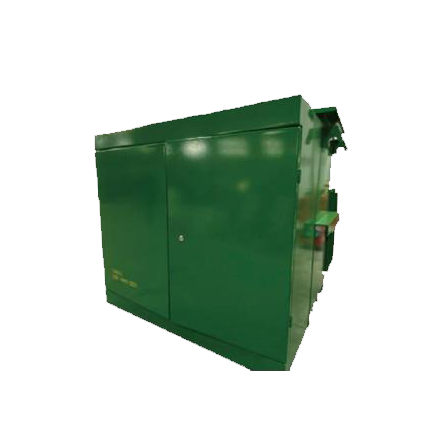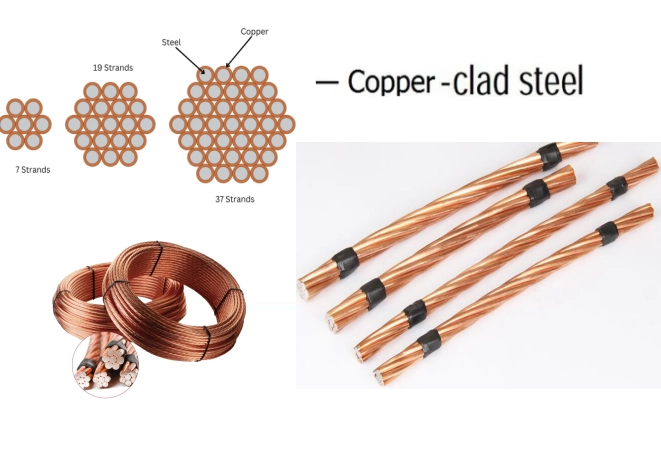Mineral glass, known for its durability and scratch resistance, is a popular choice in various applications, from watch faces to camera lenses. However, despite its robust nature, it is not impervious to scratches. Whether caused by everyday wear and tear or accidental contact with abrasive materials, scratches can detract from the aesthetic appeal and functionality of mineral glass. This post explores effective methods to remove scratches from mineral glass, providing practical insights for both enthusiasts and professionals.
Understanding Mineral Glass
Before diving into scratch removal techniques, it’s essential to understand the properties of mineral glass. Unlike acrylic or plastic, mineral glass is made from silica and other minerals, which gives it a higher resistance to scratches. However, when scratches do occur, they can be more challenging to remove than those on softer materials.
Assessing the Damage
The first step in addressing scratches is to assess their severity. Light surface scratches may be polished out, while deeper scratches may require more intensive methods. To evaluate the scratch, clean the glass surface thoroughly and inspect it under good lighting. If the scratch catches your fingernail or is visibly deep, it may require professional intervention.
DIY Methods for Light Scratches
For minor scratches, several DIY methods can be employed:
- Toothpaste Method:
- Use a non-gel, non-abrasive toothpaste. Apply a small amount to a soft cloth and gently rub it into the scratch in a circular motion for about 30 seconds. Wipe away the residue with a damp cloth and dry the surface. This method works by polishing the glass and can effectively reduce the visibility of light scratches.
- Baking Soda Paste:
- Mix two parts baking soda with one part water to create a thick paste. Apply the paste to the scratched area and rub gently with a soft cloth. Rinse and dry the glass afterward. The mild abrasive nature of baking soda can help smooth out fine scratches.
- Cerium Oxide:
- This is a more professional-grade solution often used by glass repair specialists. Mix cerium oxide powder with water to form a slurry. Apply it to the scratch using a felt polishing pad attached to a rotary tool. This method can effectively buff out scratches but requires careful application to avoid further damage.
Professional Solutions for Deep Scratches
If the scratches are deep or extensive, it may be best to consult a professional. Here are some options they might consider:
- Glass Polishing Services:
- Professionals use specialized tools and compounds to restore mineral glass surfaces. They can effectively remove deeper scratches and restore clarity without damaging the glass.
- Glass Replacement:
- In cases where scratches are too deep or the glass is compromised, replacing the glass may be the only viable solution. This is particularly true for high-value items like watches or camera lenses, where clarity is paramount.
Preventative Measures
To minimize the risk of future scratches, consider the following preventative measures:
- Use Protective Cases: For watches and cameras, invest in high-quality protective cases that can absorb impacts and prevent scratches.
- Regular Cleaning: Regularly clean your mineral glass with a soft, lint-free cloth to remove dirt and debris that can cause scratches.
- Avoid Abrasive Materials: Be cautious when placing mineral glass items near abrasive surfaces or materials.
Conclusion
While scratches on mineral glass can be frustrating, understanding the nature of the material and employing the right techniques can significantly improve the situation. Whether opting for DIY methods for light scratches or seeking professional help for deeper ones, maintaining the clarity and integrity of mineral glass is achievable. By taking preventative measures, you can prolong the life of your mineral glass items and keep them looking their best.


